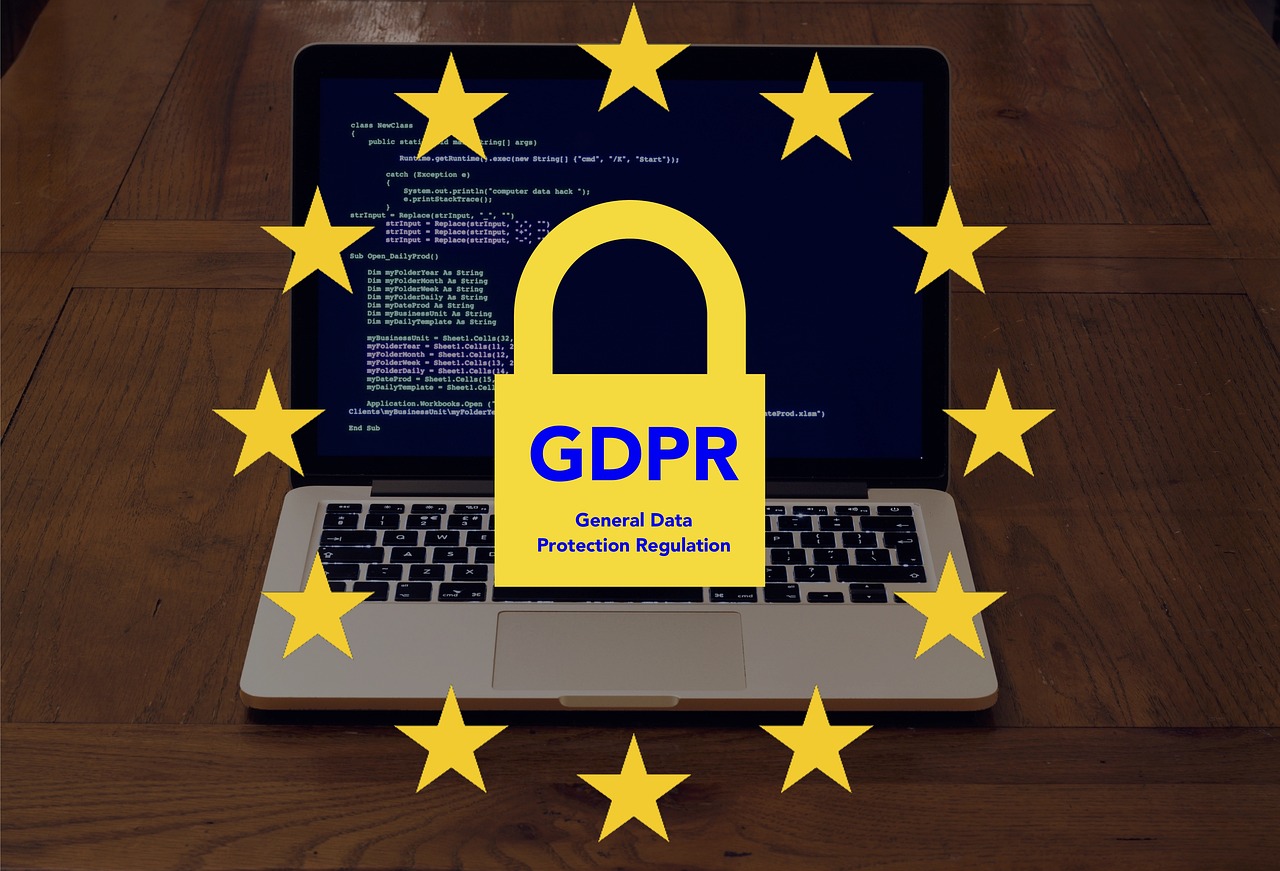
Cyber Threat Ecology: How Predators Adapt And Evolve
In today's digital age, the threat of cyberattacks looms large for individuals, businesses, and governments alike. Understanding these threats, their potential impact, and how to protect against them is crucial for navigating the online world safely and securely. This blog post delves into the various types of cyber threats, providing practical examples and actionable strategies to safeguard your digital assets.
Understanding the Landscape of Cyber Threats
Cyber threats are malicious attempts to damage, disrupt, or gain unauthorized access to computer systems, networks, and digital information. They are constantly evolving, becoming more sophisticated and harder to detect. Recognizing the different types of threats is the first step in building a robust defense.
Types of Cyber Threats
Malw...









